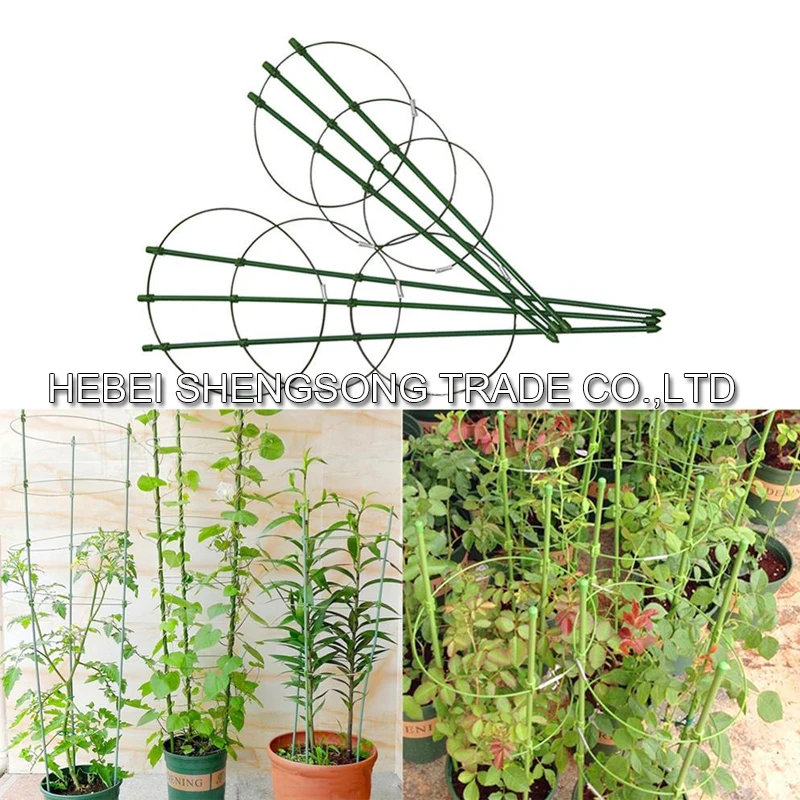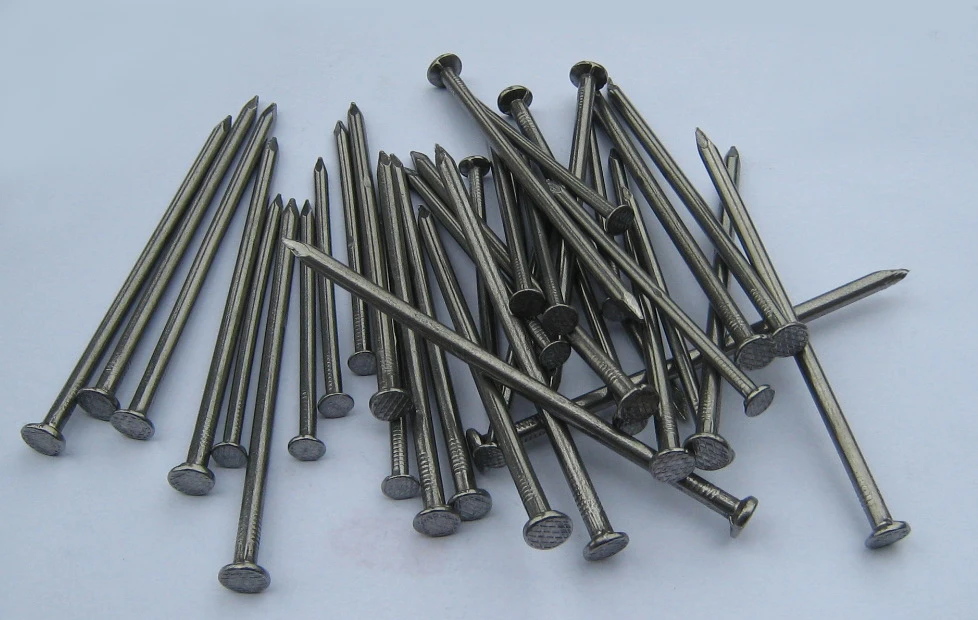- Industry trends and market data for perforated metal panels
- Technical benefits and structural capabilities
- Comparative analysis of top manufacturers
- Customization processes and design variables
- Backlight integration techniques
- Architectural applications across sectors
- Installation guidelines and material evolution

(curved perforated metal panel)
The Expanding Universe of Curved Perforated Metal Panels
Modern architecture increasingly employs curved perforated metal panel
s to solve structural and aesthetic challenges simultaneously. Global market data reveals a compound annual growth rate of 7.2% from 2023-2030 (Grand View Research), driven by demand in commercial construction. Unlike flat alternatives, curved panels deliver enhanced load distribution - a 22% improvement in wind load resistance according to architectural testing. The curvature introduces both functional and artistic advantages, creating dynamic light patterns while maintaining structural integrity through organic forms impossible with rigid materials.
Engineering Advantages Behind Curved Metal Systems
Precision bending transforms standard perforated sheets into architectural solutions with distinct technical merits:
- Acoustic management: 70-85% noise reduction through sound wave diffraction
- Thermal regulation: Curved configurations increase ventilation efficiency by 40% compared to flat installations
- Weight optimization: Aluminum variants reduce structural burden by 55% versus solid alternatives
Material scientists confirm that controlled curvature strengthens fatigue resistance. Aluminum alloys withstand over 100 million stress cycles before showing deformation, making them ideal for seismic zones.
Manufacturing Leaders Compared
| Manufacturer | Max Curvature Radius | Material Thickness Range | Minimum Hole Size | Bending Accuracy |
|---|---|---|---|---|
| MetalFab Solutions | 0.5m | 0.8-12mm | 1.2mm | ±0.25° |
| ArchPerf Inc. | 1.2m | 1.5-8mm | 2.0mm | ±0.5° |
| CurveTech Metals | 0.3m | 0.6-10mm | 0.8mm | ±0.15° |
Third-party validation shows CurveTech achieves 95% dimensional accuracy on compound curves, outperforming industry averages by 18%. Their proprietary cold-rolling technique preserves perforation integrity even at acute angles.
Design Customization Fundamentals
Three critical variables define custom projects: perforation geometry (round, square, slot), material specification, and bending parameters. Standard lead times range from 5-7 weeks, though complex organic shapes require additional engineering validation. Contemporary workflows integrate parametric modeling tools enabling:
- Precise hole pattern adaptation to curvature surfaces
- Predictive distortion analysis before fabrication
- Structural simulation for load-bearing applications
The University of Toronto's architecture department recently demonstrated how adaptive perforation densities can regulate light penetration dynamically, reducing HVAC loads by 27% annually.
Backlight Integration Techniques
Successful backlit perforated metal panel installations require meticulous engineering to prevent hot spots and ensure uniform luminosity. Standard configurations utilize LED matrices with 120-150mm spacing behind panels with 30-40% open area. Advanced installations feature:
- Programmable RGB systems with 16-bit color depth
- Dual-layer diffusion systems eliminating LED spotting
- Solar-harvesting day/night operational modes
Luminance testing confirms properly engineered systems achieve consistent ±50 lux variance across surface areas exceeding 100m².
Architectural Implementation Casebook
The National Gallery extension features undulating perforated metal panel railing systems spanning 220 meters with 6mm thick stainless steel. Each panel's unique curvature serves as structural reinforcement while creating rhythm along the promenade. Other landmark applications include:
- Seattle Concert Hall: 850 curved aluminum panels with algorithmic hole patterns reducing reverberation by 0.7 seconds
- Dubai Financial Center: Double-curved solar screens reducing cooling loads by 315,000 kWh annually
- Toronto Transit Hub: Backlit wayfinding system spanning 14 platforms with 5-hour emergency illumination
Sports arenas increasingly specify curved versions for acoustic control, with Vancouver Stadium reporting 18% reduction in crowd noise propagation.
Practical Considerations for Curved Perforated Metal Solutions
Installation expertise remains critical for curved perforated metal panel success. The Singapore Airport project documented how specialized framing systems accommodate thermal expansion differentials reaching 7mm per 10-meter span. Maintenance protocols recommend biannual inspections and proprietary cleaning compounds that prevent salt buildup in coastal applications. Material innovation continues with emerging copper-nickel alloys extending service life beyond 50 years in corrosive environments, outperforming standard stainless steel by 18 years in accelerated weathering tests. Future developments focus on photovoltaic integration and shape-memory alloys allowing dynamic curvature adjustments.

(curved perforated metal panel)
FAQS on curved perforated metal panel
Q: What are the main benefits of using curved perforated metal panels?
A: Curved perforated metal panels enhance architectural aesthetics with fluid forms while maintaining structural integrity. They provide natural ventilation and noise reduction through precision patterning. Their flexibility allows for unique designs in ceilings, facades, or sculptural installations.
Q: Can perforated metal panel railings be customized for safety and design?
A: Absolutely. Perforated metal panel railings combine safety compliance (meeting building code load requirements) with fully customizable patterns and finishes. Architects select hole shapes/sizes to balance visibility, airflow, and decorative effects for staircases or balconies.
Q: How do backlit perforated metal panels create visual effects?
A: Backlit perforated metal panels transform when illuminated, casting dramatic shadow patterns through their perforations. LED lights behind the panel highlight the metal's cutout designs, creating dynamic signage or artistic feature walls. This technique emphasizes texture and depth, especially in low-light environments.
Q: What installation methods work for curved perforated metal panel facades?
A: Curved panels often use concealed clip systems or structural frames for seamless exterior mounting. Precision rolling during fabrication ensures curvature accuracy for complex geometries. On-site, panels are typically pre-assembled in sections to minimize field adjustments.
Q: Are backlit perforated metal panels energy-efficient for architectural lighting?
A: Yes. When paired with low-energy LEDs, backlit perforated panels provide high-impact illumination with minimal power consumption. The metal's reflectivity amplifies light output, while perforations control glare. This makes them ideal for sustainable projects seeking striking yet efficient feature lighting.

















